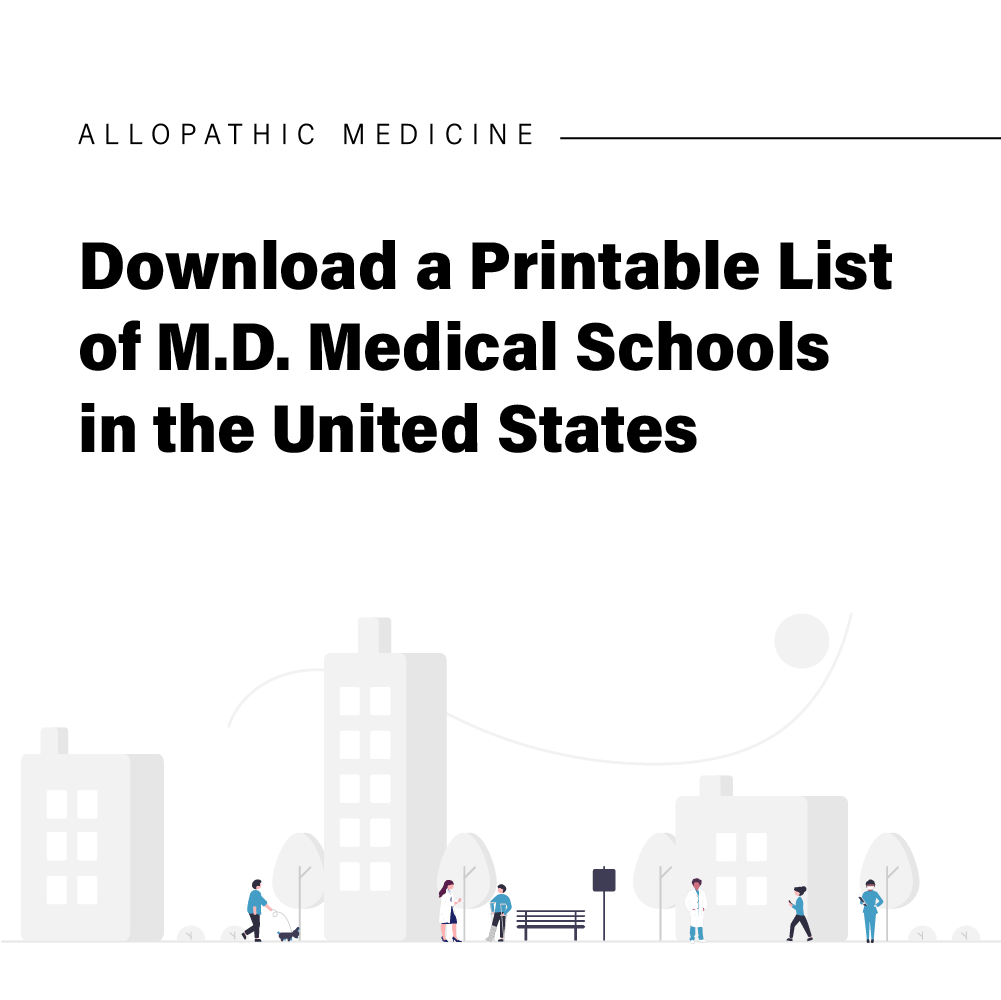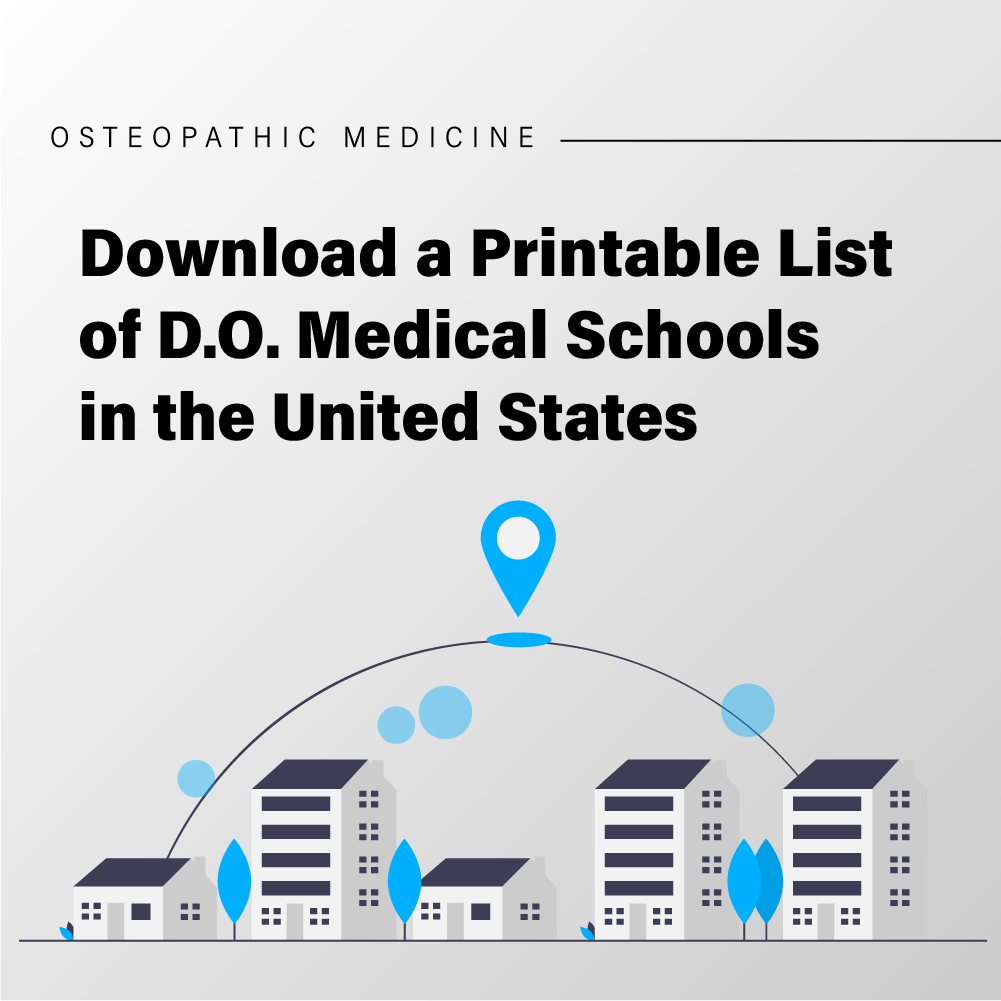If you want to gain exposure to medicine but don’t have the time commitment to take on a full-time job, shadowing is a great way to show admissions boards that you are invested in medicine. In addition, you can give yourself the chance to determine whether the environment, the job, and if the healthcare field is really for you.
Even if you have a job that is tangentially related to the medical field, or if you volunteer at a clinic, shadowing a physician directly will help you understand what it is really like to be a doctor in the field you are interested in. Additionally, most medical schools do require that applicants have a certain amount of shadowing hours under their belt prior to applying.
While you shadow a physician, you will basically tag along with their usual work day in the hospital, clinic, surgery room, or practice during their shift. It is important to know that while shadowing, your physician may not necessarily involve you in conversations with patients, explain all procedures with you, or teach you much. However, you will be in the room and have the opportunity to see how physicians operate, the documentation process, how the doctor-patient relationship evolves over time or during specific visits, and how physicians collaborate with their entire medical staff (such as other doctors, nurses, physician assistants, etc).
Your amount of involvement will depend on the physician that you are paired with. So show up prepared and ready to learn! Take full advantage of the opportunity and build a professional relationship with the physician you are shadowing. You may be able to get a letter of recommendation from him/her in the future.
Make a short list of medical specialties you find interesting.
Shadowing gives you the advantage of seeing different specialities up close. Before reaching out to hospitals, clinics, or physicians, make a short list of medical fields that interest you the most. If you don’t know what specialties interest you yet, consider shadowing physicians in broad fields, such as in family, internal, emergency, or pediatric medicine.
While you shadow, keep in mind the following questions:
- What is the patient population being served in this specialty? Do I enjoy it? Do I connect with this population?
- Does this specialty motivate me to become a good doctor?
- What are the pros and cons of this specialty?
- Can I maintain a reasonable work-life balance in this specialty?
- Is there a related specialty that may be a better match for me?
Write down these questions (and any other that are important to you) and make notes over the course of the year/season while you shadow. Don’t just rack up shadowing up hours blindlessly–take notes and shadow with a purpose!
Seek help from your university advisors
Even if your university is not affiliated with a hospital, your academic advisor will most likely be an invaluable resource for you to find nearby programs or hospitals that will let you shadow their physicians. If there is a hospital related to your university, your advisor can help connect you to a physician that teaches at the medical school.
Your advisor can also help you draft an updated version of your resume, CV, cover letter, or even an email message that you can send a doctor you would like to shadow.
Ask your premed classmates.
As a premed student, you will most likely have recurring classmates throughout your general education courses and your upper division science classes.
Although the premedical community might seem competitive, talking to your peers is great practice to build collaborations, work on your communication skills, and become less shy about asking for help.
Your classmates may have advice on which hospital is better for shadowing, which physicians to ask (or avoid), and which university advisors may help you with this endeavour.
Call your local hospitals or clinics.
You might be surprised how many clinics or hospitals have volunteering programs ready for you. If you cannot find an online application, reach out with a phone call to the hospital’s Human Resources department or Volunteering Services department.
Before doing this, it may be helpful to invest time in researching the hospital’s doctors, surgeons, or clinicians and making a short list of people you want to shadow. Write down their full name, their specialty, and the department in which they work so that Volunteering Services or HR may help connect you with them.
You should also ask for the requirements of shadowing–some hospitals may require training, an ethics class, a background check, and a submission of your ID or immunization records.
Make in person visits.
If you are unable to get in touch with someone via email or through the phone, the most efficient way to land your dream shadowing opportunity is to stop by in person. Be mindful of the environment and what you are asking for. Dress professionally, be prepared with copies of your CV/resume, introduce yourself properly, and have a cover letter to go with your CV just in case.
If you cannot directly introduce yourself to the physician you want to shadow, you can leave a concise cover letter with a receptionist. This way, the physician will have your information, medical interests, and contact information. In your cover letter or during your visit, concisely state the dates of which you are aiming to shadow them.
Although these tips will help you prepare on landing your shadowing experience, be aware that it might be a tedious and long process. Some hospitals require extensive background checks and physicians may be too busy to let you shadow during a specific time period. Be persistent and make a good impression!



